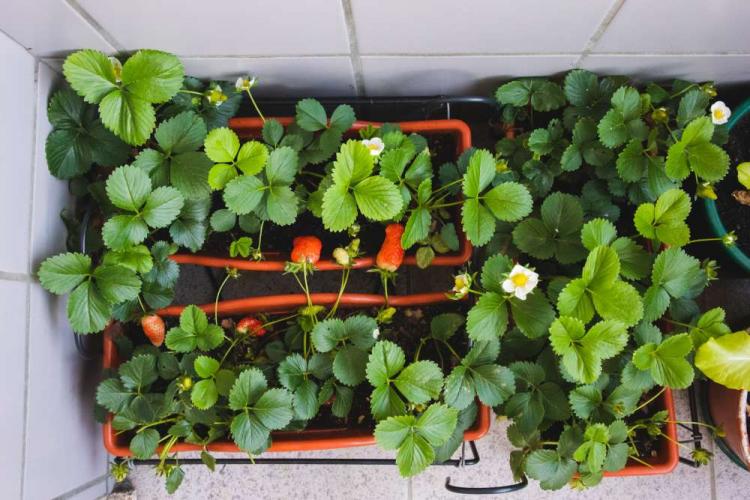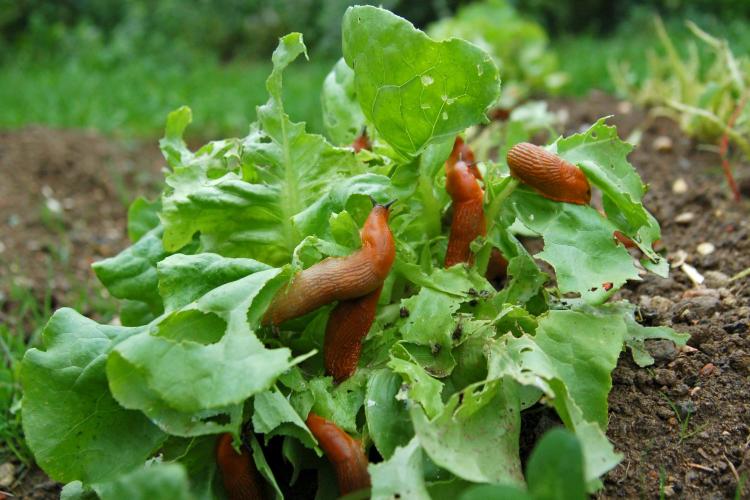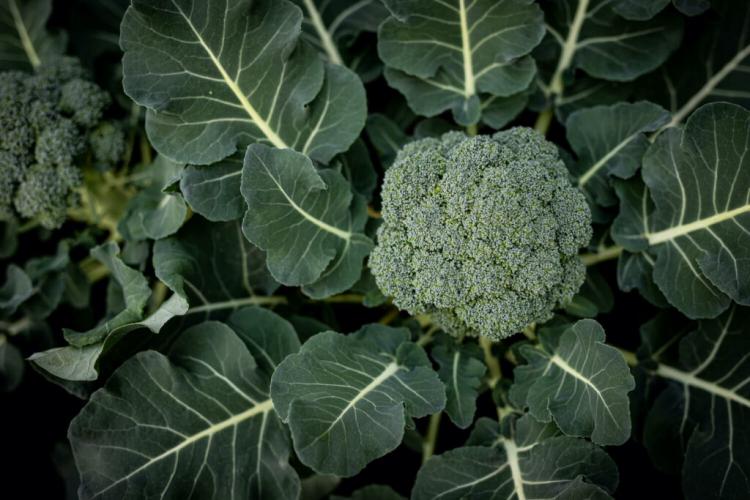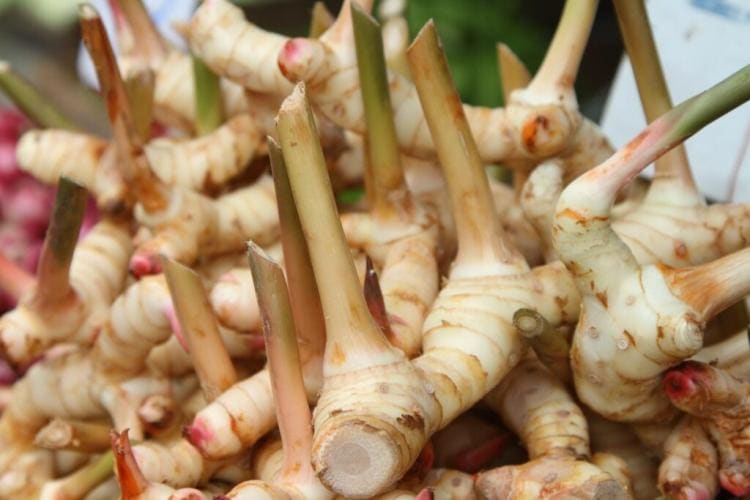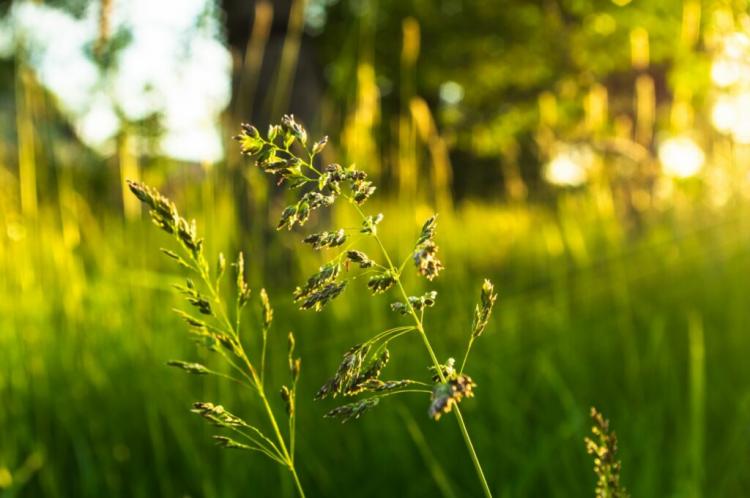Sunflower plants: instructions for pots, beds & balconies
Different growth types of the sunflower are suitable for the bed, the balcony or as a potted plant on the table. We show what needs to be considered in each case.
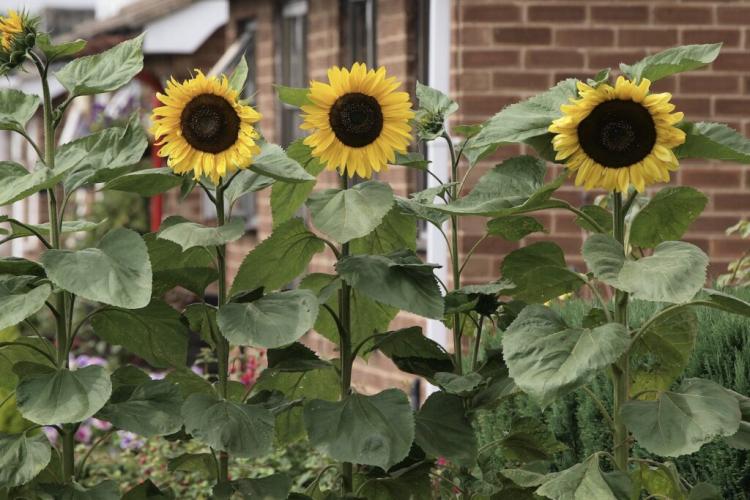
Sunflowers bring the sun into the garden, on the balcony or window sill [Photo: MalcolmC / Shutterstock.com]
Large sunflowers ( Helianthus ) swaying in the wind on the edge of a golden shimmering wheat field are the epitome of rural summer idyll. No wonder that many gardens are peppered with the bright yellow flowers from June to October. However, anyone who thought that a large bed was a prerequisite for the sunny blooms was far wrong. Varieties that remain small are ideal for planting in pots and also thrive on the balcony and on the windowsill.
Planting sunflowers in a pot
Table of Contents
Smaller sunflower species also feel good in the pot. So you can enjoy the plants outside of a garden. Choose a large and sturdy pot with a drainage hole for the planting, as sunflowers form strong and deep roots. The procedure for planting a sunflower in a pot is as follows:
- Clean the pot well
- Lay out a drainage layer of potsherds or gravel
- Plant only one sunflower per pot
- Fill the pot with substrate
- Place the pot on the saucer
- Water well

One sunflower per pot is ideal [Photo: Ilona Lablaika / Shutterstock.com]
You can find out how to care for your sunflower in a pot so that it blooms for a particularly long time in our special article.
Sunflowers: the right pot size
The size of the selected pot has a decisive influence on the final height of the sunflower. The bigger and deeper the pot, the bigger the sunflower can get. Use pots with a diameter of at least 30 to (preferably) even 40 centimeters for small varieties. Larger varieties need somewhat larger pots with a volume of at least 18 liters. Since the plants mainly grow towards the sun, a heavy clay pot is recommended, which cannot be knocked over so quickly even in the wind.
Sunflowers: the right substrate
Sunflowers grow in pretty much any garden soil. In soils that are too dry and poor in nutrients, however, the height of growth and the flower will be smaller and more inconspicuous, because the sunflower generally has a high nutrient requirement. Compared to other plants, nitrogen is less in demand in sunflowers, but potassium and phosphorus are all the more in demand. The lack of trace nutrients, especially boron, can quickly become a growth-limiting factor in normal potting soil. An optimal basis for good growth is compost or compost soil like our Plantura organic compost soil. Tested quality composts, as they are processed in our organic soil, contain numerous trace elements and many phosphorus compounds, very different from conventional peat soil. In addition, as a recycling product, compost is more environmentally friendly and saves around 30% CO2 compared to peat soil.
In the garden soil, planting in compost is sufficient, especially in small pots, however, a reserve fertilization is appropriate. For example, use our Plantura organic flower fertilizer. This meets the needs of the sunny plants very well. In order to ensure a long-term supply of nutrients, 150 grams of our fertilizer should be mixed directly into the soil when planting in pots.
Prefer sunflowers in a pot
You can prefer sunflowers both for the garden and for the tub in the pot. To do this, several seeds are sown in a pot with potting soil in late spring. The drainage hole shouldn't be missing here, otherwise the seeds will mold quickly. Since not all seeds will germinate, more seeds should be sown than will be needed later. The seeds are put about two centimeters deep into the ground, because sunflowers are among the dark germs. Always keep the soil moist. After about a week, at the latest after two, the first seedlings should be visible. Make sure there is about four inches of space between the seedlings. Sort out weak or malformed plants. Even at this tender age, sunflowers need an impressive amount of water. Therefore, make sure that the substrate in the pot is always moist. When the seedlings are finally large enough, they can be separated.
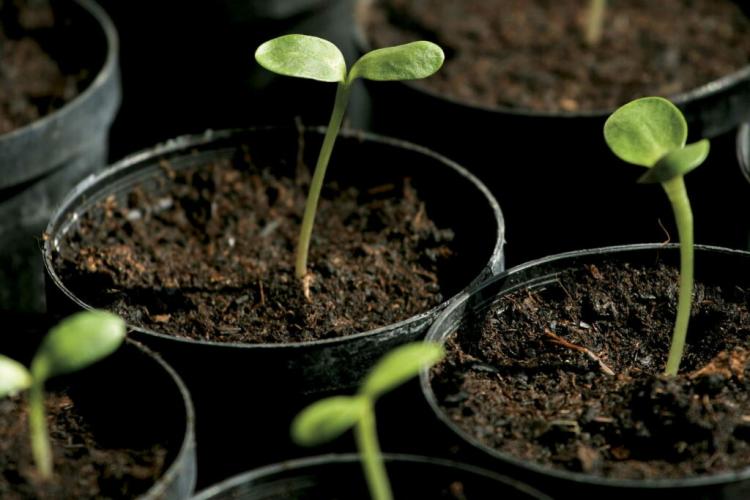
The seedlings can already be brought forward [Photo: Ronald Sumners / Shutterstock.com]
Planting sunflowers in the bed: procedure in 6 steps
Sun worshipers feel most comfortable in a sunny, warm and sheltered spot. The soil should be moist, humic and loose, because sunflowers need a lot of nutrients and are sensitive to waterlogging. Once the perfect spot has been found in the bed, the small sunflowers are planted in the bed in mid-May as follows:
- Planting hole: twice the size of the root ball
- Plant spacing: 50 cm
- Mix in the excavated soil with compost or our organic compost soil
- Place sunflowers in the planting hole
- Fill the planting hole with soil mixture
- Press the soil lightly and pour it in vigorously
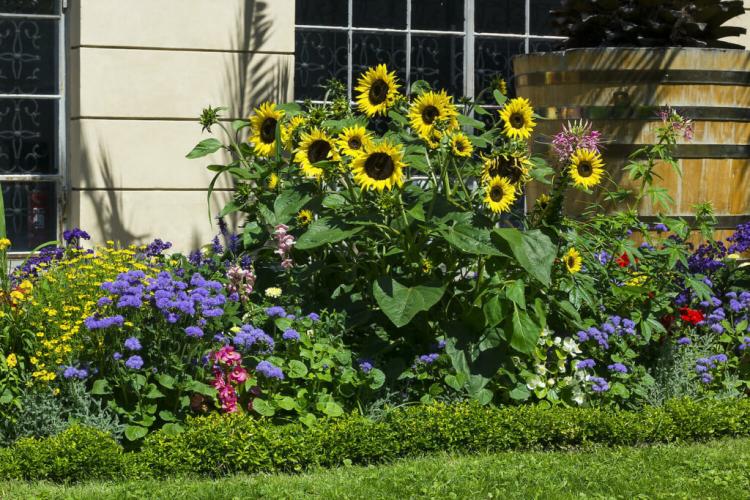
In the case of low-growing varieties, the planting distance can also be smaller [Photo: Zuzha / Shutterstock.com]
Sand is mixed in with heavy soil to loosen it. Never just pull dead sunflowers out of the ground. If the plants become unsightly, they are cut off just above the ground. The roots remaining in the earth then rot. This loosens the soil and releases nutrients.
Sunflowers on the balcony
Larger varieties can also be stored in the tub on the balcony. However, this must be correspondingly large. Use pots with a volume of at least 18 to 20 liters. Alternatively, the plants can also be placed in a flower box. Otherwise, the same procedure as for the above-mentioned planting in pots is used for planting.

Sunflowers on the balcony are planted like sunflowers in pots [Photo: carla ribeiro / Shutterstock.com]
If you are still looking for some inspiration, we will introduce you to the most beautiful sunflower species in our special article.

